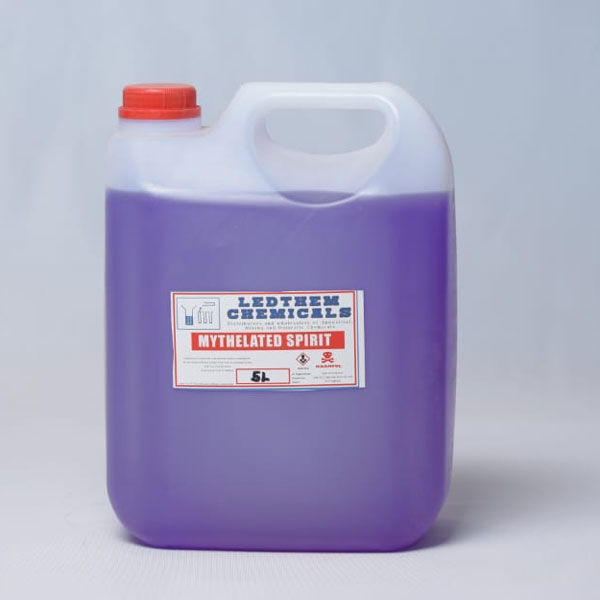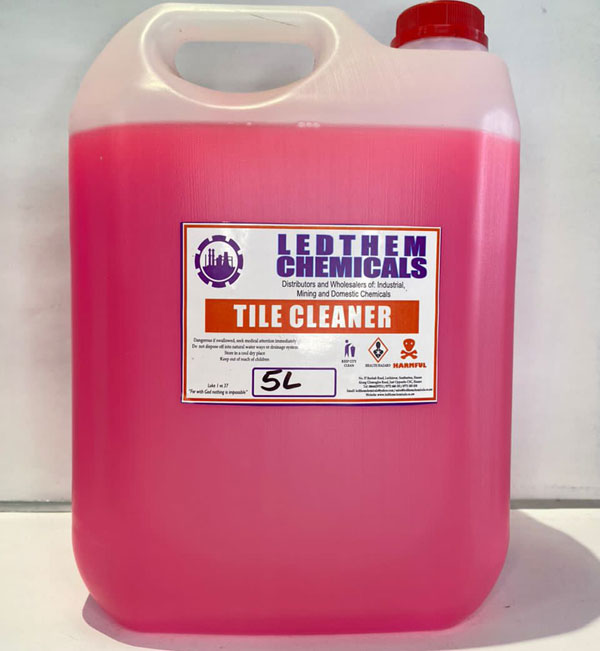Paints
Paint is a liquid or semi-solid coating that is applied to a solid surface. It is made up of a pigment, a binder, and a solvent. Available at ledthem chemicals
Description
Paint is a liquid or semi-solid coating that is applied to a solid surface. It is made up of a pigment, a binder, and a solvent. The pigment gives the paint its color, the binder holds the pigment together, and the solvent makes the paint flow easily.
Paints can be used for a variety of purposes, including:
- Decorative: Paint is used to add color and beauty to objects and surfaces.
- Protective: Paint can be used to protect objects and surfaces from the elements, such as water, sunlight, and chemicals.
- Signage: Paint can be used to create signs and other graphics.
- Industrial: Paint is used in a variety of industrial applications, such as protecting machinery and equipment.
- Safety: Paint can be used to create warning signs and other safety markings.
There are many different types of paints, each with its own unique properties. Some of the most common types of paints include:
- Oil-based paint: Oil-based paint is a traditional type of paint that is made from oil, pigment, and solvent. It is durable and long-lasting, but it can be difficult to apply and clean up.
- Water-based paint: Water-based paint is a newer type of paint that is made from water, pigment, and binder. It is easier to apply and clean up than oil-based paint, but it is not as durable.
- Epoxy paint: Epoxy paint is a high-performance paint that is made from epoxy resin, pigment, and hardener. It is very durable and resistant to chemicals, but it is also expensive and difficult to apply.
- Latex paint: Latex paint is a type of water-based paint that is made from latex resin, pigment, and water. It is easy to apply and clean up, and it is relatively inexpensive.
Additional information
| Chemical Category | CLINICAL, Clinical Acids, DOMESTIC, Domestic Acids, INDUSTRIAL, Industrial Acids, Industrial Acids, MINING, Mining Acids |
|---|
Quick Comparison
| Settings | Paints remove | Menthanol remove | TOLUENE remove | Hexane remove | Ethanol remove | Industrial 95 remove | ||||||||||||
|---|---|---|---|---|---|---|---|---|---|---|---|---|---|---|---|---|---|---|
| Image |  |  |  |  |  |  | ||||||||||||
| SKU | ||||||||||||||||||
| Rating | ||||||||||||||||||
| Price | ||||||||||||||||||
| Stock | In Stock | In Stock | In Stock | In Stock | In Stock | In Stock | ||||||||||||
| Availability | In Stock | In Stock | In Stock | In Stock | In Stock | In Stock | ||||||||||||
| Add to cart | ||||||||||||||||||
| Description | Paint is a liquid or semi-solid coating that is applied to a solid surface. It is made up of a pigment, a binder, and a solvent. Available at ledthem chemicals | Menthanol is used in a variety of industrial and commercial applications, including solvents and degreasers, cleaners and fuel. Available at ledthem chemicals. | Is a clear, colorless liquid with a distinctive sweet smell used in industrial settings as a solvent. Toluene is also an ingredient in some consumer products such as paints, glues and nail polish removers. | Ethanol is used in a variety of industrial and commercial applications, including degreaser, fuel, antifreeze, Pharmaceutical, cleaning and solvent | Industrial 95 is a high-quality, 95% pure white spirit solvent that is ideal for industrial applications, pharmaceuticals, cosmetics, and other products etc. | |||||||||||||
| Content | Paint is a liquid or semi-solid coating that is applied to a solid surface. It is made up of a pigment, a binder, and a solvent. The pigment gives the paint its color, the binder holds the pigment together, and the solvent makes the paint flow easily. Paints can be used for a variety of purposes, including:
There are many different types of paints, each with its own unique properties. Some of the most common types of paints include:
| Menthanol is a clear, colorless, flammable liquid with a mild odor. It is a type of alcohol that is made from wood or petroleum. Menthanol is used in a variety of industrial and commercial applications, including:
Menthanol is a hazardous material and should be handled with care. It is flammable and can cause skin irritation and respiratory problems. It is important to read and follow all safety precautions when using Menthanol. Here are some of the safety precautions to take when using Menthanol:
If you accidentally spill Menthanol, clean it up immediately with a damp cloth. Do not flush it down the drain. | Is a clear, colorless liquid with a distinctive sweet smell used in industrial settings as a solvent. Toluene is also an ingredient in some consumer products such as paints, glues and nail polish removers. | Hexane is a colorless, flammable liquid with a gasoline-like odor. It is a hydrocarbon, meaning that it is made up of only hydrogen and carbon atoms. Hexane is a common solvent, and it is used in a variety of industries, including:
Hexane is also a potential health hazard. It can be harmful if inhaled, swallowed, or absorbed through the skin. Acute exposure to hexane can cause dizziness, headache, nausea, and vomiting. Chronic exposure can lead to nerve damage, including numbness, tingling, and weakness in the hands and feet. The EPA has classified hexane as a hazardous air pollutant. This means that it is a substance that can cause harm to human health or the environment if released into the air. The EPA has also set limits on the amount of hexane that can be released into the air from industrial sources. If you are working with hexane, it is important to take precautions to protect yourself from exposure. These precautions include:
If you are exposed to hexane, it is important to seek medical attention immediately. Here are some additional information about hexane:
| Ethanol, also known as ethyl alcohol, grain alcohol, or drinking alcohol, is a clear, colorless, flammable liquid with a mild odor. It is a type of alcohol that is made from the fermentation of sugars or starches. Ethanol is used in a variety of industrial and commercial applications, including:
Ethanol is a renewable resource and produces fewer emissions than gasoline. It is a versatile solvent with many uses. It is important to use it safely and responsibly. Here are some of the benefits of using Ethanol:
If you are looking for a renewable, low-emission fuel or solvent, then Ethanol is a good option. Here are some additional details that you may want to include in your product description:
| Industrial 95 is a high-quality, 95% pure white spirit solvent that is ideal for a variety of industrial applications. It is a clear, colorless liquid with a mild odor and is less flammable and toxic than turpentine. Industrial 95 is used for thinning oil-based paints and varnishes, cleaning paint brushes and other tools, removing adhesives and stains, priming surfaces before painting, making inks and dyes, and solvent for cleaning and degreasing metal parts. It is also used in the manufacture of pharmaceuticals, cosmetics, and other products. Industrial 95 is a flammable and volatile liquid, so it should be handled with care. It should be stored in a cool, well-ventilated area, and away from heat and open flames. When using Industrial 95, it is important to wear gloves and eye protection to avoid skin contact and inhalation of fumes. Here are some of the benefits of using Industrial 95:
If you are looking for a high-quality, versatile solvent for your industrial needs, then Industrial 95 is the perfect choice for you. Here are some additional details that you may want to include in your product description:
| ||||||||||||
| Weight | ||||||||||||||||||
| Dimensions | N/A | N/A | N/A | N/A | N/A | N/A | ||||||||||||
| Additional information |
|
|
|
|
|
|






Reviews
There are no reviews yet.